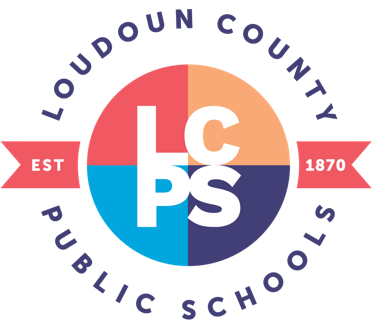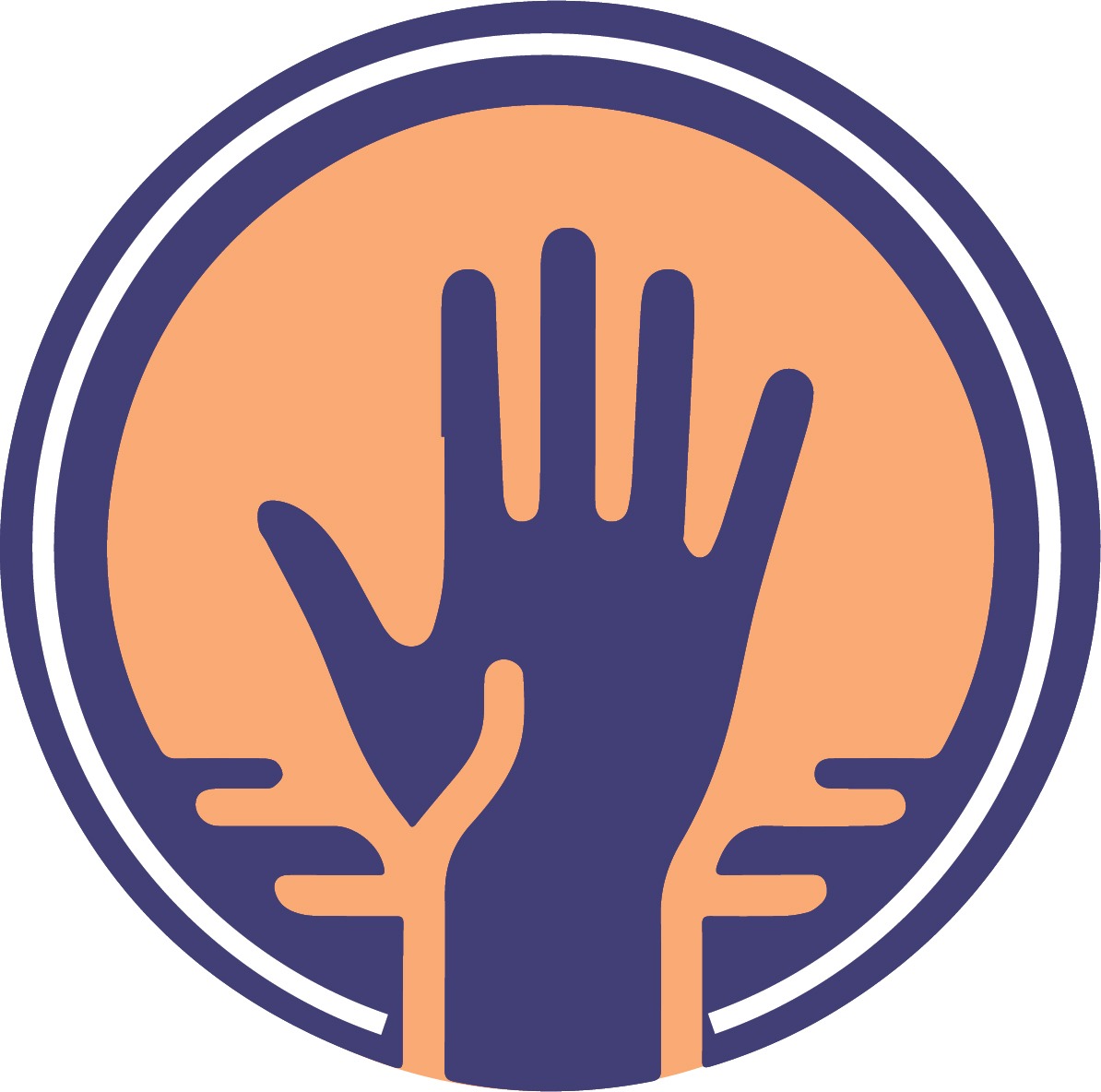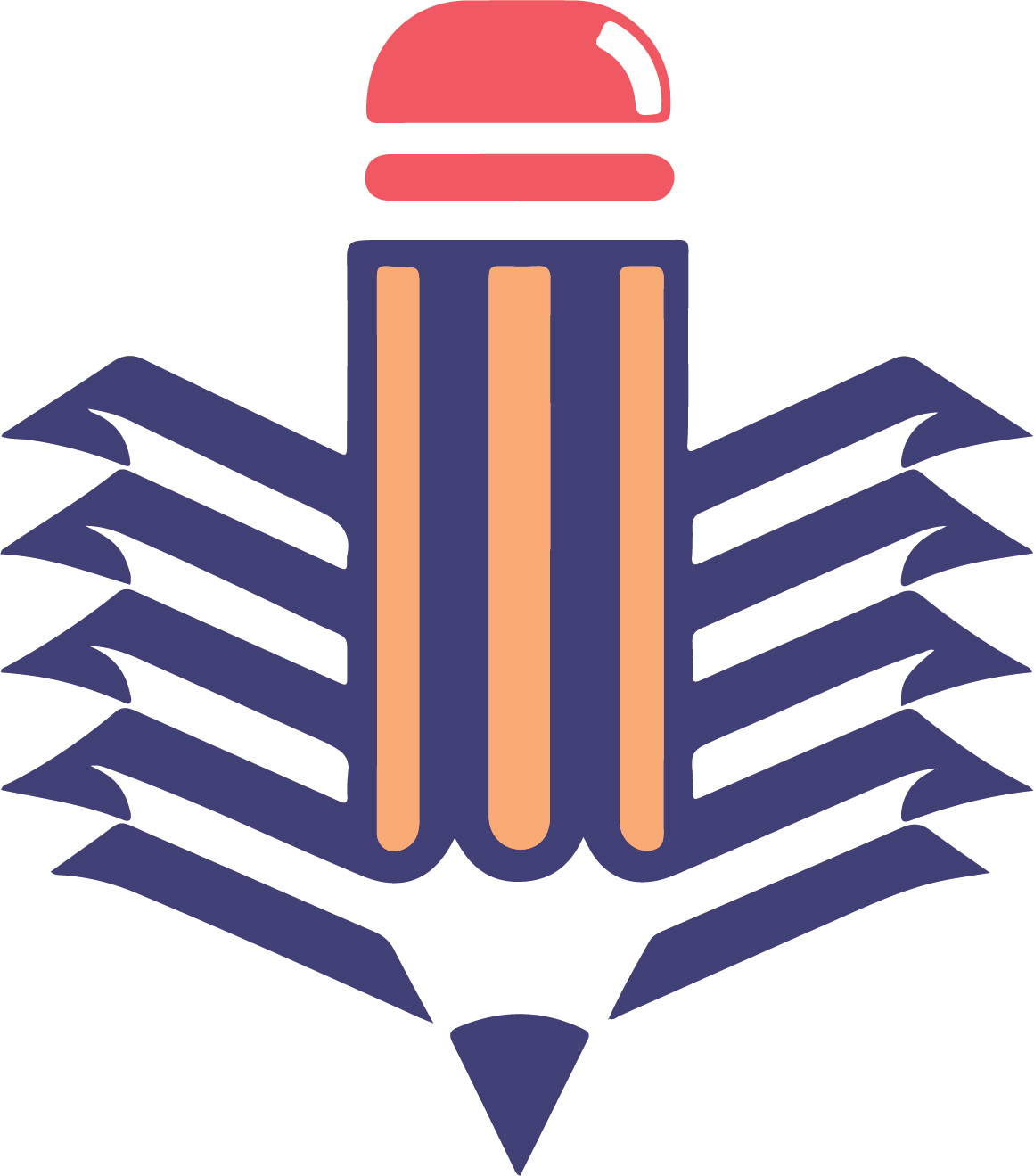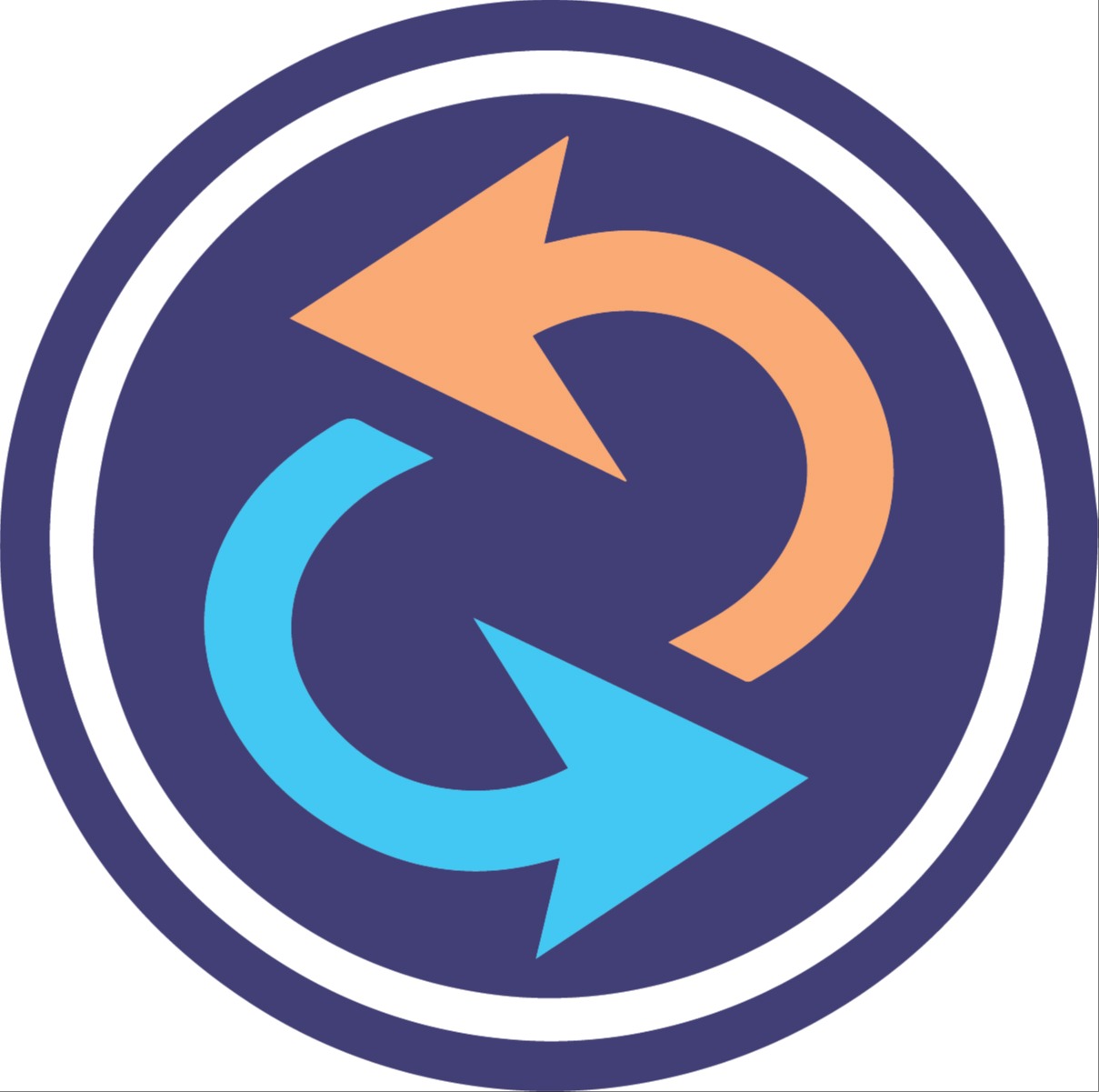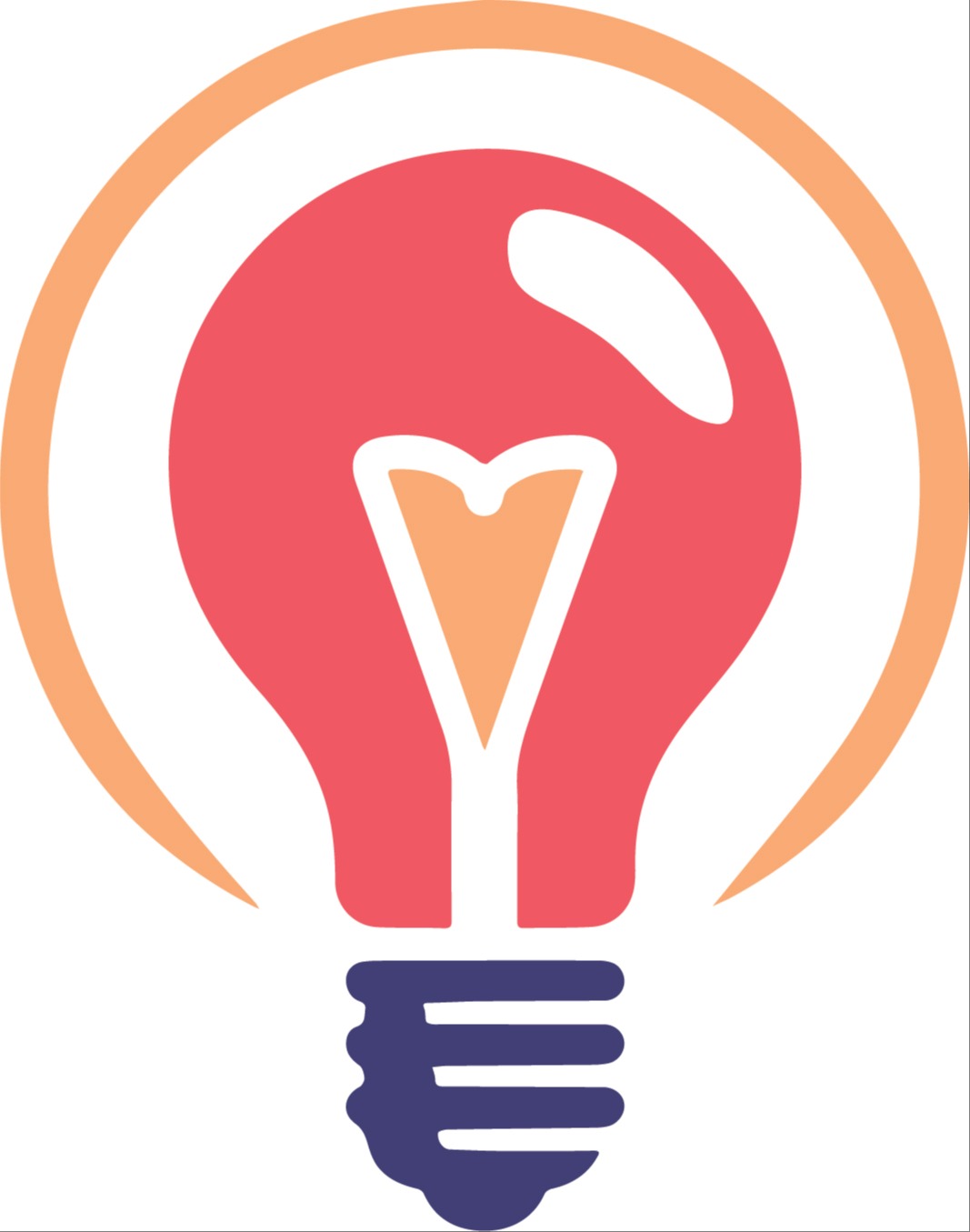
The Instructional Framework defines the philosophy of instruction and expectations for learning for each and every student in every school within LCPS. The curriculum defines what to teach; the instructional framework describes how to teach to ensure engaging, authentic student learning experiences.
What is an Instructional Framework?
An Instructional Framework is:
A shared vision of effective instruction.
Learner-centered.
Applicable across all content areas and levels.
The foundational piece that drives daily instructional and assessment practices.
The Instructional Framework will answer the following questions:
What do we believe about learning?
What dispositions and skills are essential for Loudoun County Public Schools learners?
What constitutes effective and meaningful teaching and learning?
Why is an Instructional Framework Important?
An Instructional Framework:
Aligns curriculum, instruction, and assessment with district goals and provides a framework for ongoing professional learning for teachers.
Leads to coherent instructional practices across the district that reduce or eliminate disproportionality in student achievement outcomes for historically marginalized students.
Provides a way to measure progress and helps ensure that all educators in the district work together towards a common goal.
STUDENT-CENTERED
Center students in a community of belonging where each and every student is included, respected, and valued.
DESIGN
Design learning experiences that are intentionally created and reflective of individual student strengths, needs, experiences, backgrounds, and perspectives.
Teacher Actions
When I center students in the learning community, I:
Establish high expectations for each and every student.
Recognize and support students’ diverse experiences and individual paths of learning, progress, and success.
Co-construct a welcoming and inclusive classroom community with students and families.
Define, model, teach, and practice routines that promote a safe and nurturing classroom.
Design learning spaces that are accessible and affirming to a diversity of cultures, strengths, needs, and identities.
Reflect and Respond

How will I get to know my students as learners and promote a safe and nurturing community?
How will I reflect student perspectives, strengths, and needs in my design and practices?
How will I communicate and demonstrate high expectations for every student?
Teacher Actions
When I design learning experiences for students, I:
Focus on essential academic concepts and skills aligned with course expectations, Standards of Learning, and the LCPS Curriculum.
Define clear, curriculum-based learning objectives that are communicated in student-friendly language.
Select instructional strategies and resources that foster rigorous, authentic, and student-centered learning.
Develop opportunities that promote flexible learning paths with appropriate scaffolds based on individual student strengths, needs, and/or interests.
Reflect and Respond

What should students know and be able to do?
How will I sequence and organize learning to build all students towards the learning objectives?
How will I continuously assess student progress towards the learning objectives?
Teacher Actions
When I engage students in their learning, I:
Facilitate opportunities for students to connect learning to their interests, backgrounds, lived experiences, or prior learning.
Provide opportunities for students to develop knowledge and understanding through varied reading, writing, listening, and speaking activities.
Utilize a variety of instructional approaches to meet the learning objectives and unique needs of students.
Use intentional questioning, discussion, and collaboration to engage students in higher-level thinking and deepen understanding.
Reflect and Respond

Which strategies will I choose to promote engagement?
Which instructional approaches will I use to meet the unique needs of students?
How is my instruction responsive to student needs based on evidence of learning?
Teacher Actions
When I assess student learning, I:
Communicate to students and families the characteristics of high-quality work and success criteria.
Promote student ownership of learning through goal-setting, self-assessment, reflection, and revision.
Integrate formative and summative assessments aligned with learning objectives and instruction to monitor student progress.
Create rigorous and authentic opportunities for students to demonstrate and apply their learning in various ways.
Reflect and Respond

What opportunities will students have to demonstrate their learning? What will success look like?
How will students receive and act on feedback?
What strategies will I use to build student ownership of learning?
The key components in the Instructional Framework help to define specific teacher actions and the student actions that result from the consistent implementation.
Students contribute to a positive and respectful learning environment by upholding and modeling established norms and routines.
Students recognize their backgrounds, interests, and identities in their learning, materials, and classroom community.
Students communicate what they are learning, why it matters, and how they will know that they learned it.
Students identify and explain connections between new learning and prior knowledge or experiences.
Students use academic language to effectively communicate and collaborate through speaking, listening, reading, and writing.
Students make meaningful learning choices that reflect their interests, strengths, and/or needs.
Students approach academic challenges as learning opportunities by asking questions, connecting ideas, sharing insights, and applying knowledge and skills.
Students access learning intentionally designed for their needs and strengths through flexible learning paths, strategic scaffolding, or differentiation.
Students apply their learning to authentic contexts and meaningful tasks.
Students use evidence and feedback to inform learning, reflect on progress, and set learning goals.
